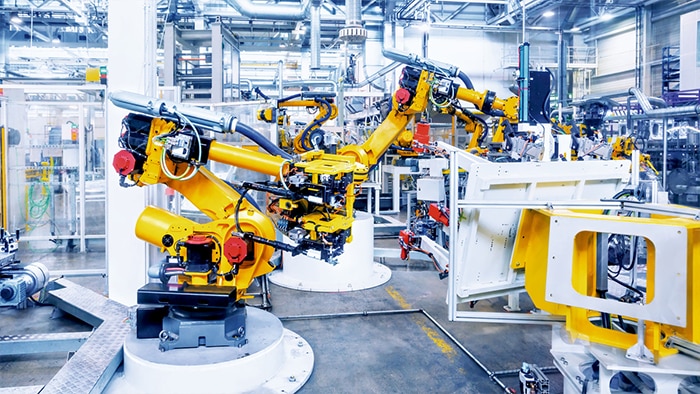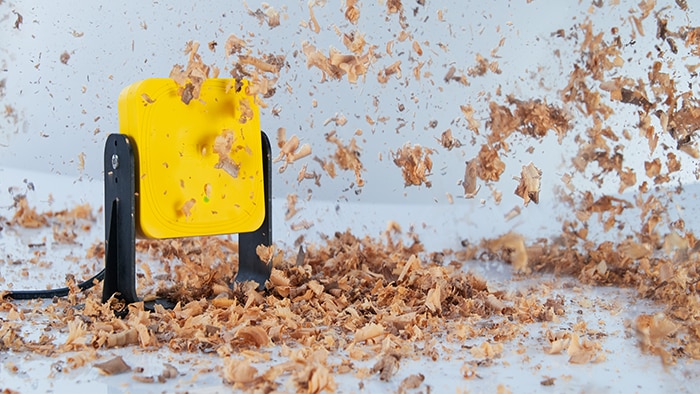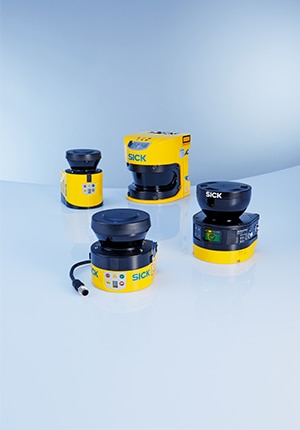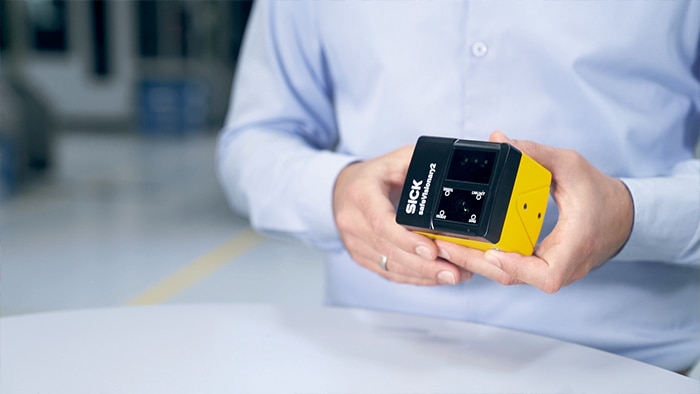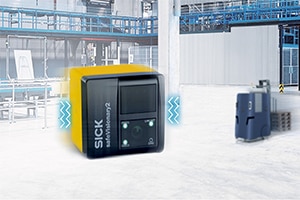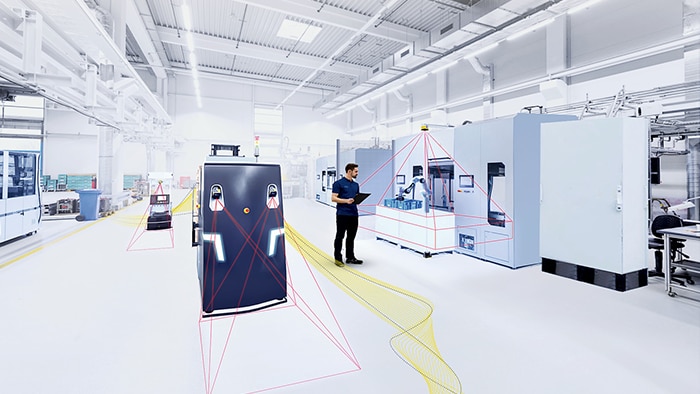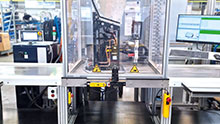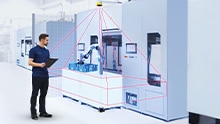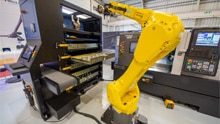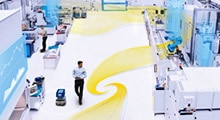2D LiDAR (Light Detection and Ranging) is a laser-based sensor technology that uses light to detect objects. This technology is often used in safety applications that need to cover large areas or complex contours.
It uses laser to detect objects in a two-dimensional plane and thereby obtain detailed information on the surroundings. These sensors can be used, amongst other things, to detect persons and objects, measure distances, or identify moving objects. They can also be used to detect obstacles and avoid collisions in automated manufacturing processes.
2D LiDAR was first used in the manufacturing industry in the early 2000s. In the beginning it was mainly used in collision avoidance systems in the automotive industry. 2D LiDAR is now available certified to safety performance level d and also performance level b and is used in numerous manufacturing industries, including robotics, logistics and manufacturing plants in general. The technology has become increasingly popular in recent years because the costs have fallen and the accuracy has improved.
2D LiDAR can also be used to monitor and detect changes in the surroundings. This ensures more safety and efficiency in the manufacturing process. 2D LiDAR is suitable both for stationary and mobile applications. Typical stationary applications include, for example, horizontal area monitoring or vertical access protection. For mobile applications, it is necessary to also implement a simultaneous field protection for the mobile robots or automated guided vehicles. This enables them to slow down or come to a stop depending on which field an object or person enters.
